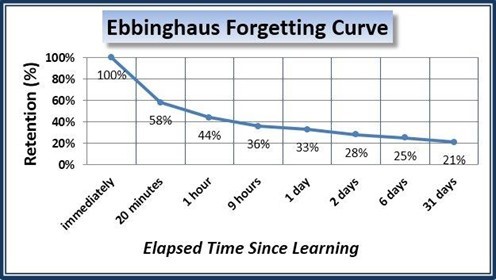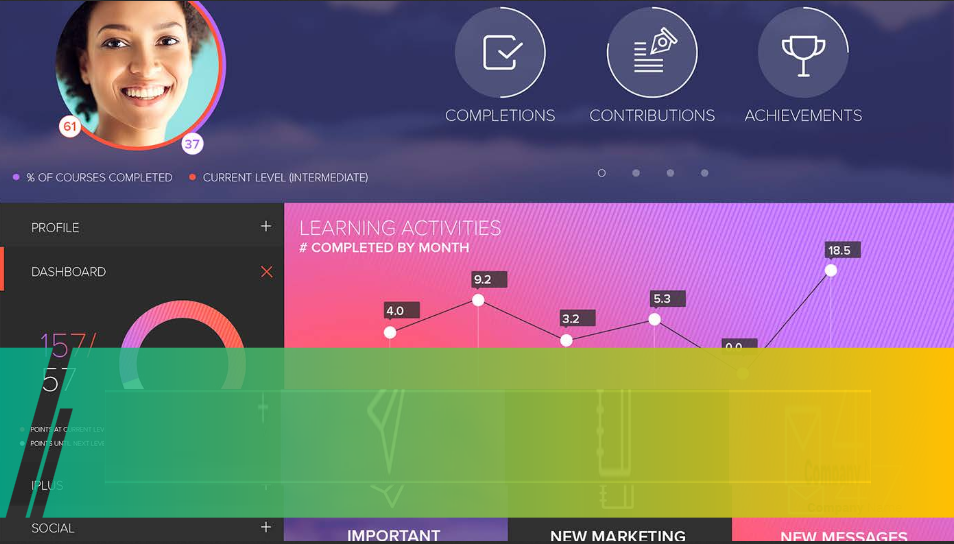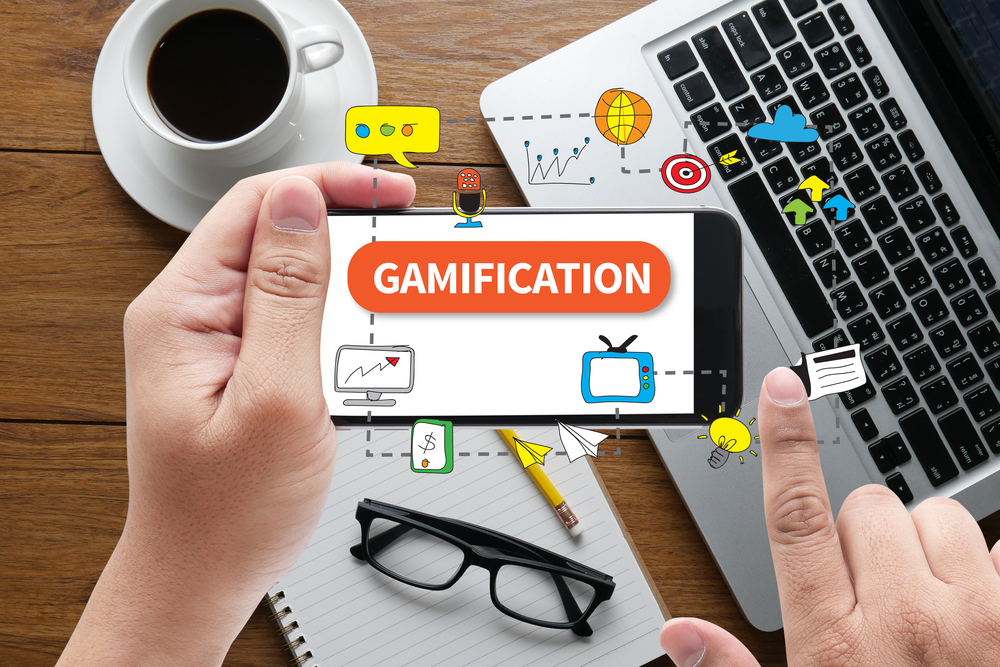Topics
October 26, 2017
Microlearning 101: What It Is, Suggested Use Cases and Great Examples

Knowledge nuggets, bite-sized modules, learning vignettes, micro trainings, module refreshers…. Regardless of the name or exact form, microlearning is being used in all sizes of organizations worldwide.
There are numerous reasons for the trend – shorter attention spans, lack of time, a need for flexibility. But above all, our learning styles are changing. Busy lives and social networks, among other things, have changed the way we consume content, including learning. According to website traffic tool SumoMe’s study of 650,000 user sessions online, the optimal sweet spot for video engagement is two minutes and only 20% of people read articles from start to finish. If we apply this to business, it is clear that learners today have a high demand for condensed information with simple and direct messages at the point of need. Content must be accessible enough to consume during a lunch break, in the metro, or when employees actively need quick advice, how-to instruction or a refresher.
A Case for Microlearning
Despite the popularity, microlearning probably won’t completely replace traditional, longer form learning content, nor is it meant to do so. However, it can empower employees and boost productivity quickly and efficiently. Most learning professionals are familiar with the Ebbinghaus Forgetting Curve hypothesis which shows that we forget 80% of what we learn within 30 days. By creating sticky, short, distributed learning experiences, training teams are converting the Forgetting Curve into a Retention Curve.

(Source: Inkling)
It’s all about understanding format and function. For example, if you are training new hires in sales, you may want to set up face-to-face training workshops that pair high performers with new sales reps. On the other hand, if you are releasing a new product and need to quickly and efficiently train your sales network, microlearning is a much better solution. A series of 90-second videos, along with a quiz and a quick facts checklist, served through a smartphone or tablet app with social learning tools, will be much better received and more cost-effective than organizing classroom training or instructor-led e-learning modules.
The logic is simple. Your employees use smartphones and tablets all the time. Almost all the media that they consume during the day is through small chunks on their mobile device. Deliver learning in the way that your employees naturally consume information.

Makes sense? This is how you start:
- Choose the learning topics wisely. Microlearning can be useful in most cases, but make sure you think it through first. Every organization is different and needs a different approach. If possible, try it out first on topics where there is a natural fit, such as sales, workplace safety or business etiquette.
- Simplification is the key to success. Have 1 or 2 simple and effective messages/hints/learnings per microlearning chunk. Utilizing internal resources and experience is a great strategy. For example, a 3-minute video where a high performing salesperson in your company shares tips and tricks on selling certain products could be more useful than a traditional sales course.
- Play with various formats. Sure, videos are most popular, but short audio podcasts, animated simulations or games can be equally effective.
- Gamify with quick quizzes, leaderboards, and badges. Whatever the format, make both the content and process engaging and fun to consume.

- Include social learning opportunities. Offer an opportunity to augment learning by allowing your employees to share thoughts and opinions with their colleagues. This could be with Facebook-like shares, likes and comments for the topic experts or for employees who are internal subject matter experts.
- Make the content accessible to your employees. Analyze your IT infrastructure and integrate microlearning within. Don’t insist on using LMS for microlearning. If a SharePoint portal is the tool employees use the most, you should integrate it there. Slack? A great option as well, and you can add a learning chatbot, while you are at it. Also, make the content mobile friendly.
- Validate learning. While single microlearning modules are not meant to offer certification of knowledge, you can still offer some points for each microlearning module and scenarios or learning paths where the combination of several nuggets can lead to a certificate or other form of validation.

- Always offer more. A good microlearning module offers exactly the amount of knowledge that is needed to complete a specific task. A great module will offer more learning to those who are interested via links, whitepapers, book recommendations, and so on.
Some great examples:
Now that we’ve set the stage for what microlearning is and why you should consider using it as part of your L&D strategy, here are some great examples.
Sales Training: This learning nugget highlights the strongest sales points of the product for employees. It’s beautifully done and full of quotable sales phrases that can help employees internalize what they have seen.
Learning Game: A simple, but visually appealing and addictive trivia game with awards and leaderboards that helps employees learn and remember all the tiny, but important details about Xfinity products.
Onboarding and Culture: A learning nugget created to inspire "purpose-driven learning in a purpose-driven bank.” This is a great example of how organizational culture can be embedded into learning and how employees can be in the drivers’ seat.
Like these examples? We've got more. Check out our suite of digital assets here.

